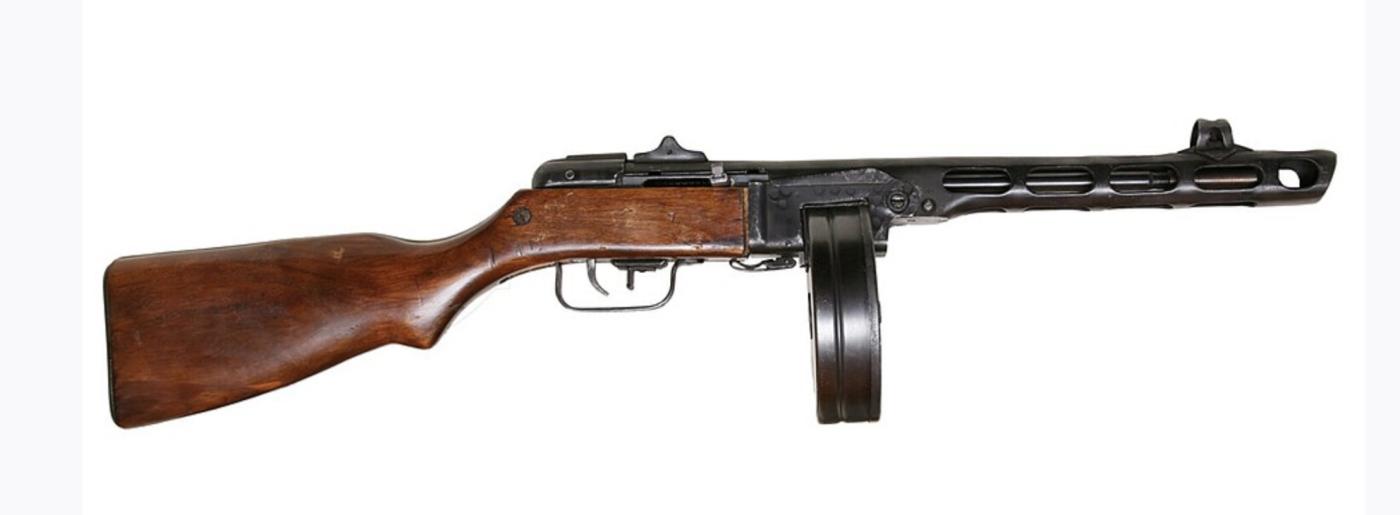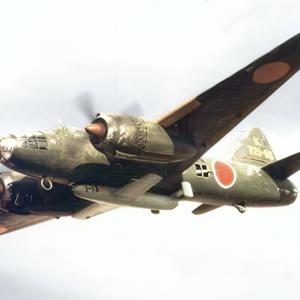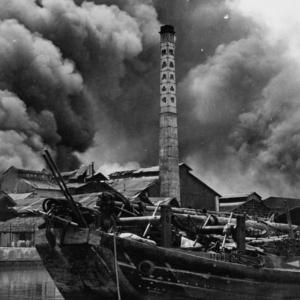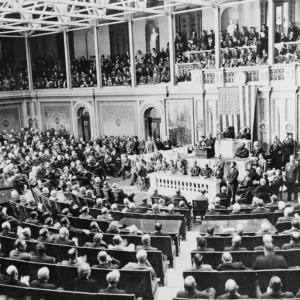
PPSH-41 Russian machine gun
The PPSh-41 (Pistolet-Pulemyot Shpagina 1941) was one of the most iconic Soviet submachine guns of World War II. Designed by Georgy Shpagin as a cheaper and more efficient alternative to the earlier PPD-40, it became a hallmark of Soviet infantry firepower. The weapon was especially significant during the Battle of Stalingrad, where its high rate of fire and rugged simplicity made it invaluable in the brutal, close-quarters combat that defined the struggle for the city.
At the outbreak of Operation Barbarossa in June 1941, the Soviet Union found itself in urgent need of rapidly deployable weapons for its vast, quickly assembled armies. The PPSh-41 was developed to meet this need. Its design was well-suited to mass production, relying heavily on stamped metal components that reduced manufacturing time and cost. Capable of firing approximately 900 rounds per minute and using the 7.62×25mm Tokarev cartridge, it could lay down a blistering rate of fire. Its primary magazine was a 71-round drum, though a more practical and reliable 35-round box magazine was later adopted due to issues with the drum jamming under harsh conditions.
The weapon was operated on a blowback, open-bolt system and had an effective range of around 150 to 200 meters, though it was primarily used at much closer distances. It weighed just over 5 kilograms when loaded with a drum magazine. A built-in compensator at the muzzle helped reduce muzzle climb, allowing soldiers to maintain better control during automatic fire. Its wooden stock added durability and balance, making the weapon manageable even for poorly trained conscripts.
In the ruined streets and buildings of Stalingrad, the PPSh-41 came into its own. Soviet infantry tactics favored aggressive, close-range engagements where the weapon’s strengths were fully utilized. Red Army troops often carried PPShs into narrow alleys, bombed-out buildings, and underground tunnels. The weapon allowed them to unleash devastating bursts of fire that were ideal for ambushes and room-clearing. Soviet doctrine encouraged entire squads to be armed with submachine guns for maximum firepower in urban assaults.
German soldiers frequently commented on the PPSh-41’s superior firepower compared to their MP-40s. In fact, many German troops used captured PPShs in combat, sometimes modified to accept 9mm Parabellum ammunition and MP-40 magazines. Despite being built for mass production and issued to vast numbers of soldiers, the PPSh-41 proved surprisingly reliable in the harsh conditions of the Eastern Front, from deep snow to dusty summer heat.
By the end of World War II, over six million PPSh-41s had been produced. It became a symbol of Soviet military resilience, an embodiment of their capacity to turn industrial strength into battlefield success. In the context of Stalingrad, it was more than a weapon—it was a force multiplier that allowed Soviet troops to dominate in the unforgiving urban environment.
The PPSh-41’s legacy extended far beyond the Second World War. It was used in numerous postwar conflicts, including the Korean War and Vietnam War, often in the hands of communist-aligned forces. Its widespread distribution, ease of use, and high rate of fire made it one of the most influential submachine guns of the 20th century.
At Stalingrad, the PPSh-41 played a key role in halting the German advance. In the hands of Soviet soldiers fighting for every street, building, and floor, the weapon became a crucial part of the Red Army’s tactical success. It symbolized the Soviet Union’s determination to resist and ultimately defeat the invading Axis forces, making it one of the most historically significant weapons of the war.










